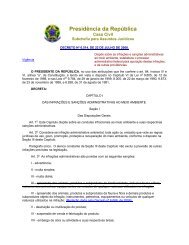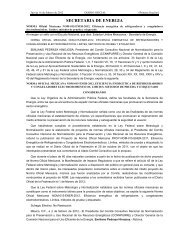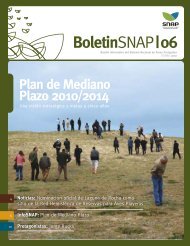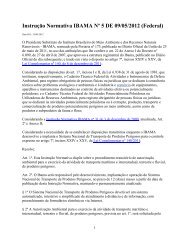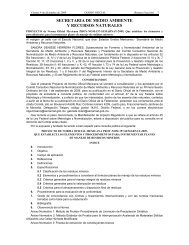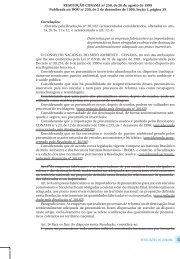OceAn science OceAn science OceAn science
OceAn science OceAn science OceAn science
OceAn science OceAn science OceAn science
You also want an ePaper? Increase the reach of your titles
YUMPU automatically turns print PDFs into web optimized ePapers that Google loves.
Rationale<br />
The ocean covers more than 70 percent of the planet and has a much higher capacity to<br />
store heat than the atmosphere. Imbalances of the planetary energy budget are manifested<br />
in changing ice conditions and ocean temperatures. Runoff from melting ice sheets and<br />
glaciers and an expanding water mass due to increasing temperatures lead to rising sea<br />
levels. Low-lying coastal regions are particularly impacted by gradual sea-level rise in<br />
addition to episodic events (e.g., storm surges, coastal flooding). A more complete understanding<br />
of how changing sea level impacts coastal communities is needed at regional,<br />
state, and local levels.<br />
The tropical ocean is a vital component of seasonal-to-interannual climate variability.<br />
For example, the El Niño-Southern Oscillation is known to have a substantial impact on<br />
many regions of the world, influencing agricultural yields and hurricane intensity. Current<br />
evidence suggests that the tropical ocean also influences the occurrence of multi-year<br />
droughts. The global ocean is also an important component of the global water cycle; it<br />
receives and redistributes freshwater from rivers and ice discharge, and provides moisture<br />
(through evaporation) to the atmosphere that precipitates over the ocean and continents.<br />
Alterations in large-scale ocean circulation can influence long-term climate change and,<br />
possibly, short-term or abrupt changes.<br />
Recently, changes in major ocean processes have been demonstrated to affect marine<br />
ecosystems, causing, for example, large swings in the populations of commercial fisheries,<br />
changes in seabird-population distributions, and coral-reef-bleaching events. Warming<br />
oceans have resulted in changes in the distribution and abundance of populations (e.g., at<br />
the poles, in temperate regions, and in coral-reef habitats). The future amount of greenhouse<br />
gases in the atmosphere, such as carbon dioxide (CO 2<br />
) and methane, will depend,<br />
in part, on the exchange of these gases in open-ocean and coastal systems (e.g., wetlands).<br />
Substantial changes in ocean chemistry as a result of oceanic uptake of these gases will further<br />
influence ecosystems and their processes. For example, rising atmospheric CO 2<br />
levels<br />
are lowering ocean-water pH. A more acidic ocean affects calcifying organisms, such as<br />
corals, with significant effects to reefs, the ecosystems they support, and their ability to protect<br />
vulnerable coastlines. The growing body of knowledge about the impact of climate on<br />
marine chemistry and ecosystems will also enhance ecosystem-based management efforts.<br />
The ocean has a controlling influence on the path and intensity of major storm systems,<br />
such as hurricanes, mid-latitude winter storms, and intraseasonal atmospheric oscillations.<br />
Improved understanding of the drivers of these systems resulting in predictive capability<br />
will enhance society’s ability to prepare and adapt cities and other public infrastructure for<br />
the inevitable arrival of severe events and to take advantage of opportunities presented by<br />
climate predictions.<br />
30




